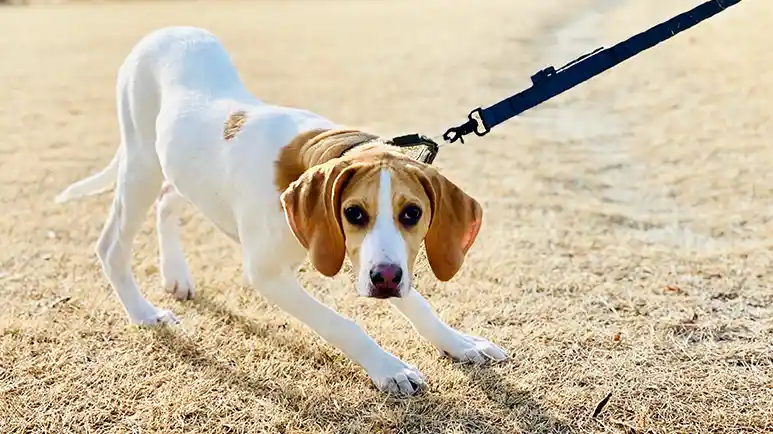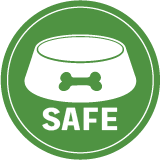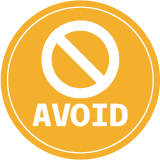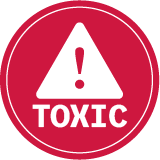Say Goodbye to Pulling and Enjoy Stress-Free Dog Walks
Explore the root causes of leash pulling and learn step-by-step solutions grounded in positive reinforcement, so you can enjoy harmonious walks with your dog.

STORY AT-A-GLANCE
- Leash pulling is not stubbornness — it is often excitement, confusion, or accidental reinforcement. Recognizing the real cause is the first step to transforming frustrating walks into peaceful ones
- Teach your dog loose-leash walking using positive reinforcement. By rewarding calm, close behavior, you help your dog choose connection over chaos — without force or frustration
- Begin training in distraction-free spaces. Introduce clear cues, reward frequently, and gradually progress to busier environments as your dog gains confidence and consistency
- A well-fitted harness, proper leash length, and treat pouch set the stage for better behavior. Avoiding retractable leashes helps to prevent tension and confusion
- Progress may ebb and flow and setbacks are a normal part of the learning process. Revisit basics when needed, avoid punishment, and consider professional guidance to ensure long-term walking success
Taking your dog for a walk should be one of life’s simple pleasures — a time to relax, bond, and enjoy the outdoors together. But for many pet parents, it is anything but relaxing.
If your dog lunges ahead, drags you along the sidewalk, or ignores your efforts to slow them down, walking can feel like a daily battle of wills. Instead of returning home refreshed, you may come back feeling frustrated, embarrassed, or even physically sore.
You are not alone. Leash pulling is one of the most common behavioral challenges dog owners face. Fortunately, it is also one of the most manageable, once you understand what is really going on and how to address it in a positive, consistent way.
Understanding Why Dogs Pull on the Leash
Before solving any behavioral issue, it is important to understand the reasons behind it. Pulling on the leash is not a sign that your dog is stubborn, dominant, or disobedient. Rather, it reflects a combination of instinct, excitement, and confusion. In most cases, dogs pull simply because they have not yet learned an alternative behavior that works better for both of you.
- Overstimulation and excitement — Dogs experience the world through their senses — particularly their noses. Stepping outside is like entering a theme park filled with captivating sights, smells, and sounds. Without the skills to manage their impulses, dogs often race ahead toward whatever catches their attention. In this heightened state of excitement, it becomes difficult for them to focus on you or maintain composure.1,2
- Reinforcing the wrong behavior (without knowing it) — Many owners unknowingly teach their dogs to pull. Each time your dog pulls forward and reaches a tree, another dog, or an interesting scent, the behavior is rewarded. Even if you are not offering treats or praise, the environment itself provides a powerful incentive. Over time, pulling becomes a habit because it consistently produces results from the dog’s perspective.
- Equipment-induced tension — The equipment you use, such as a tight collar, a short leash, or an uncomfortable harness, can unintentionally cause or worsen pulling.3 Many dogs pull harder in response to the pressure, creating a "pull-pull" dynamic that only increases tension.
- A lack of clear guidance — In some cases, dogs have simply never been taught what we expect of them during walks. They may not understand that staying near your side is desirable. Without clear communication and consistent rewards, dogs default to what feels natural — moving quickly and exploring everything around them.4
Creating a New Walking Experience Through Positive Reinforcement
To stop leash pulling, you need to replace it with a behavior your dog understands, enjoys, and chooses to repeat. This is where positive reinforcement comes in. Rather than punishing the wrong behavior, you need to focus on rewarding the right one, which is walking calmly beside you with a loose leash.
Positive reinforcement means adding something your dog values, such as food, praise, or play, immediately after they perform a desired behavior. It strengthens that behavior and encourages repetition.5
This reward for the desirable behavior needs to be delivered consistently within one to three seconds of the behavior for your pet to associate the reward with the desired behavior.6 Clicker training in particular can be extremely helpful in delivering a positive reward that your pet understands within the very short time frame needed.
Clicker training works by creating an association between the sound of the clicker and a treat or reward. Once this association is made, you can click the instant a desirable behavior happens, and this click is then the reward for the behavior. A treat will always follow, but this takes away the pressure of that treat being delivered within 3 seconds of the behavior.7
For leash walking, this means rewarding your dog every time they stay by your side, make eye contact, or choose to remain close even in the face of distractions. Over time, your dog learns that walking calmly is not only expected, but also beneficial.
Step-by-Step Guide to Loose-Leash Walking
Regardless of your dog's age or size, it is entirely possible to teach them to walk politely on a leash. The process takes time and consistency, but the results are well worth the effort.8
- Begin indoors in a controlled environment — Start by practicing leash manners in your home or yard, where there are fewer distractions. Attach the leash and simply walk a few steps. When your dog stays near you, mark the behavior with a word like "Yes!" or use a clicker, then immediately offer a treat.
Repeat this exercise several times, gradually increasing the number of steps and rewarding your dog for maintaining a close position. This lays the groundwork for future outdoor walks.
Remember, reward your dog before they start to pull. If you wait until after the leash is tight, you may inadvertently reinforce pulling. - Introduce the "Reinforcement Zone" — The Reinforcement Zone is the space beside your leg where good things happen. When your dog remains in this zone, they earn praise and rewards. To teach this:
- Stand still and reward your dog for being at your side.
- Take one step forward — reward if they follow closely.
- Add more steps gradually, maintaining a calm, positive tone. This helps your dog understand that walking near you is both safe and rewarding.
- Select the right equipment — Choosing comfortable and supportive gear can make a significant difference. Recommended tools include:
- Y-front harness — Allows for full shoulder movement and minimizes pressure.
- A leash around 5- to 6-feet long — Provides enough room for movement without tangling.
- Treat pouch — Keeps rewards easily accessible so you can reinforce behaviors in real-time.
- Clicker — Available online and at pet stores, these often come with wrist bands to keep the clicker literally at hand.
- Practice the "Be a Tree" technique — When your dog pulls, stop moving. Stand still for one to two seconds until the leash slackens or your dog turns back toward you. Then mark the behavior, reward, and resume walking.
This teaches your dog that pulling leads to nothing, but checking in with you keeps the walk going. Be patient; do not yank or scold them. Calm communication leads to better long-term results.
Once your dog is doing well indoors, it is time to take your training outside. Start in quiet areas, like side streets or empty parks, and keep the sessions short, around 10 to 15 minutes. As your dog improves, slowly introduce more stimulating environments. Be prepared to take a step back if your dog becomes overwhelmed. Progress is not linear, and that is okay.
When Pulling Returns, Here Is How to Get Back on Track
There are cases when pulling may reappear, such as when your dog encounters exciting new environments or changes in routine. Infrequent training sessions may also lead to a relapse. If this happens, stay calm and return to basics. Shorten your walks, reintroduce reinforcement for staying close, and practice in lower-distraction areas. Consistency is more important than perfection, and practice makes permanent.
It is also important to avoid common mistakes; however, even well-intentioned pet parents can make missteps that hinder progress:
- Inconsistent rules — Ensure everyone in your household follows the same training approach.
- Using punishment — Yelling or jerking the leash erodes trust and increases anxiety.
- Allowing pulling "sometimes" — This creates confusion and slows learning.
- Not meeting exercise needs — A restless dog is more likely to pull. Regular mental and physical stimulation are essential.
When to Seek Professional Support
If you feel stuck, discouraged, or unsure how to move forward, consider reaching out to a certified dog trainer. Look for professionals who use reward-based methods and who tailor their approach to your dog's temperament and your needs.
Walk with Confidence and Make Your Dog Walks More Engaging
Shifting your focus from control to communication, and from frustration to reinforcement helps transform your walks into the highlight of your day. With patience, the right approach, and a bit of practice, you can achieve this. Say goodbye to pulling — and hello to stress-free, joyful walks.










